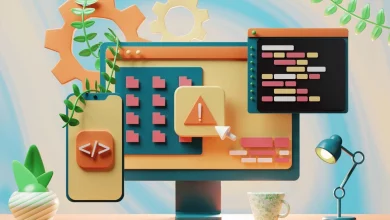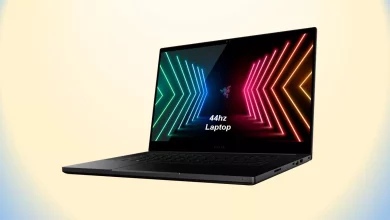3D and 4D Technologies: The Future of Innovation
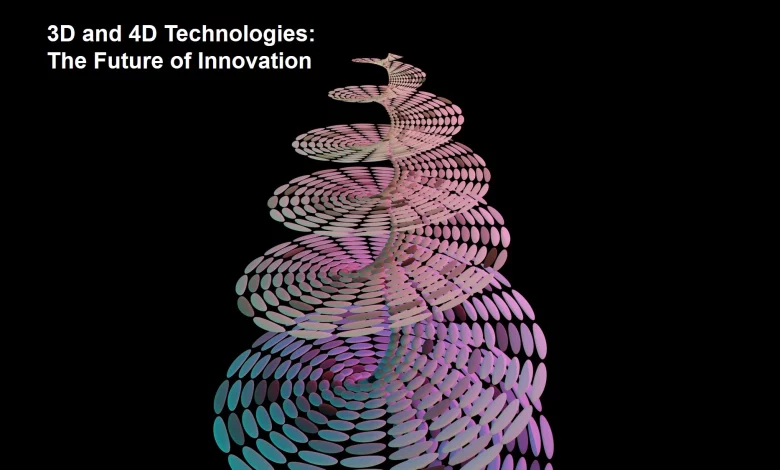

3D and 4D technologies are the future of innovation. 3D printing is already being used to create everything from medical implants to car parts, and 4D printing is set to change the way we manufacture products altogether.
These technologies have the potential to revolutionize entire industries, and businesses need to start preparing for them now.
This article will discuss 3D and 4D technology in more detail and explore how they could impact your everyday life.
Introduction
3D and 4D technologies have been around for a while, but they are becoming increasingly popular as new applications are developed, and 3D printing capabilities expand.
3D Technology allows us to create 3-dimensional objects from digital models, which can be manipulated in real-time. 3D printing is used in various industries, such as manufacturing, architecture, and even fashion. It is also being used to create custom parts and products for consumers.
4D technologies, on the other hand, allow us to manipulate 3D models in real-time. This means that 3D objects can be changed or transformed during a simulated event, giving them more dynamic properties than traditional 3D models.
Benefits of these Technologies
One key benefit of 3D and 4D technologies is that they allow us to create products quickly and efficiently. 3D printing, for example, can be used to create complex objects in a fraction of the time it would take using traditional methods.
This means businesses can speed up their production processes and significantly reduce costs. 3D printing also reduces waste, as 3D-printed objects can be made with far less material than traditional manufacturing processes.
Another benefit of 3D and 4D technologies is that they can help reduce costs for businesses by enabling them to create custom products faster and more cost-effectively.
3D printing enables businesses to customize parts, products, or prototypes without the need for expensive tooling or manufacturing processes. It can also be used to create complex molds and 3D objects, allowing businesses to save on materials costs while still producing high-quality products.
4D technologies are also being used to create interactive experiences, such as virtual reality games or augmented reality applications.
What is 4D?
4D Technology is a recent development in 3-dimensional modelling software. It adds an additional dimension of time to 3-dimensional digital models, allowing designers, engineers, and architects to create 3D models that include the passage of time.
It can be used to simulate how an object or environment changes over time.
For example, a 3D model of a building could be created with 4D Technology that changes over time as construction progresses.
This modelling allows for more efficient planning and optimization of 3D projects.
Additionally, 3D models created with 4D Technology can be used to create 3D printouts or 3D animations that show the evolution of a 3-dimensional object over time.
3D and 4D Applications
4D Technology goes hand in hand with 3D.
4-Dimensional Technology is being utilized in a variety of innovative applications.
Some examples include:
- 3D Printing
- 3D Scanning
- 3D Modelling and Animation
- 3D Visualization
- 3D Surface Measurements
- 3D Laser Cutting
- 4D Imaging Systems, Motion Capture Systems for video games and movies, and augmented reality.
3D printing is the process of creating 3D objects from 3D models. 3D scanning is the process of gathering data to create 3D models. This Technology is allowing 3D models to be quickly generated from real-world objects.
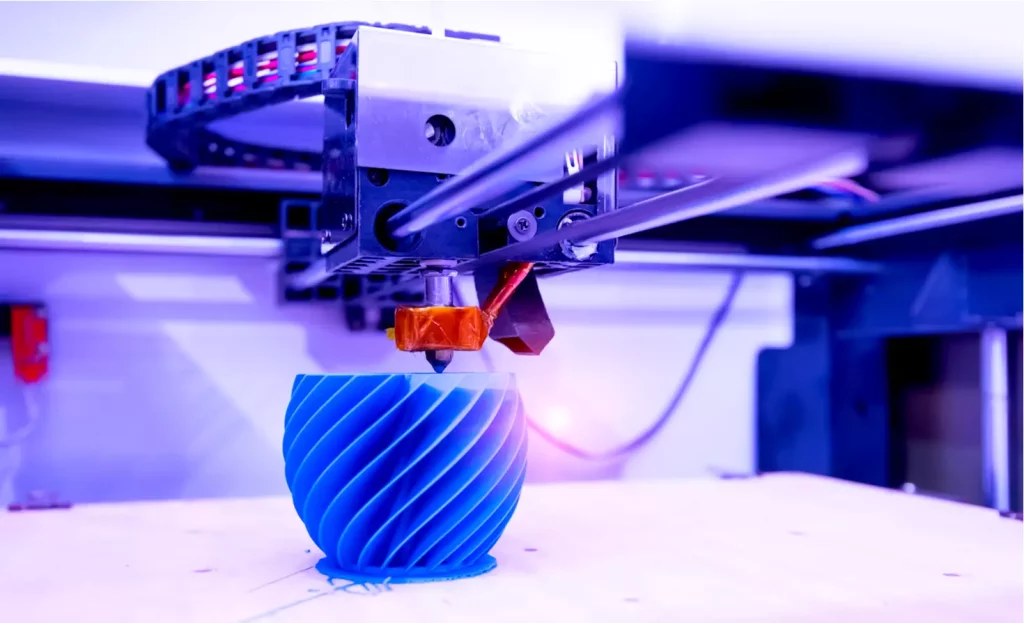

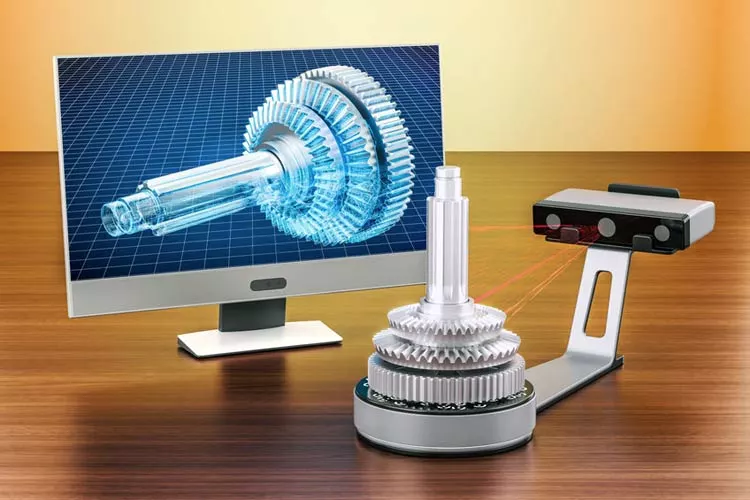

3D modelling and animation allow designers to create 3D objects in a virtual environment, while 3D visualization provides an interactive viewing experience.
3D surface measurements can be used for the accurate measurement of 3D shapes and textures. 3D laser cutting is the process of cutting 3D objects with a 3D laser.
4D imaging systems enable 3D imaging in real-time.
Motion capture systems allow realistic movements to be captured during video games and movie production.
Augmented reality enables 3D objects to be viewed within the real-world environment.
These technologies are revolutionizing how 3D and 4D objects are created and experienced.
Purpose of 3D Modeling software
3D modelling software is an essential tool for 3D and 4D Technology. 3D modelling software enables designers, engineers, and architects to create 3-dimensional digital models of objects or environments in a virtual environment.
This allows them to take into account the structural integrity of the object or environment being modelled, as well as other factors such as lighting and shading, textures and colours, and the physics of 3D space.
3D modelling software makes it possible to create 3D renderings of objects or environments, which are then used to create 3D prototypes that can be tested in real-world conditions.
With 3D modelling software, designers, engineers, and architects have a powerful tool for creating 3-dimensional digital models that can be used to create 3D prototypes, 3D printouts, 3D animations, 3D gaming assets, and much more.
Is there 3D in the gaming industry?
3D Technology has been a hot topic in the gaming industry for many years. 3D Technology creates realistic and immersive 3D environments, allowing gamers to interact with 3D objects in real time.
3D games have become more popular due to their lifelike visuals and improved gameplay.
3D games such as Starcraft, Grand Theft Auto V, and FIFA 17 have become some of the most popular 3D games today.
These 3D games offer gamers a unique experience with their realistic 3D visuals and engaging gameplay.
Summing Up
3D and 4D technologies are the future of innovation in the world of 3-dimensional modelling software.
By utilizing 3D modelling software, 3D printouts, 3D animations, 3D gaming assets, and the additional dimension of time provided by 4D technologies, designers, engineers, and architects have powerful tools to create 3-dimensional digital models that can be used for prototyping and animation.
With 3D and 4D technologies at their disposal, these professions are better equipped than ever to create 3-dimensional objects and environments that are both realistic and efficient.
Also Read: What is VPN? Its Benefits and Limitations

